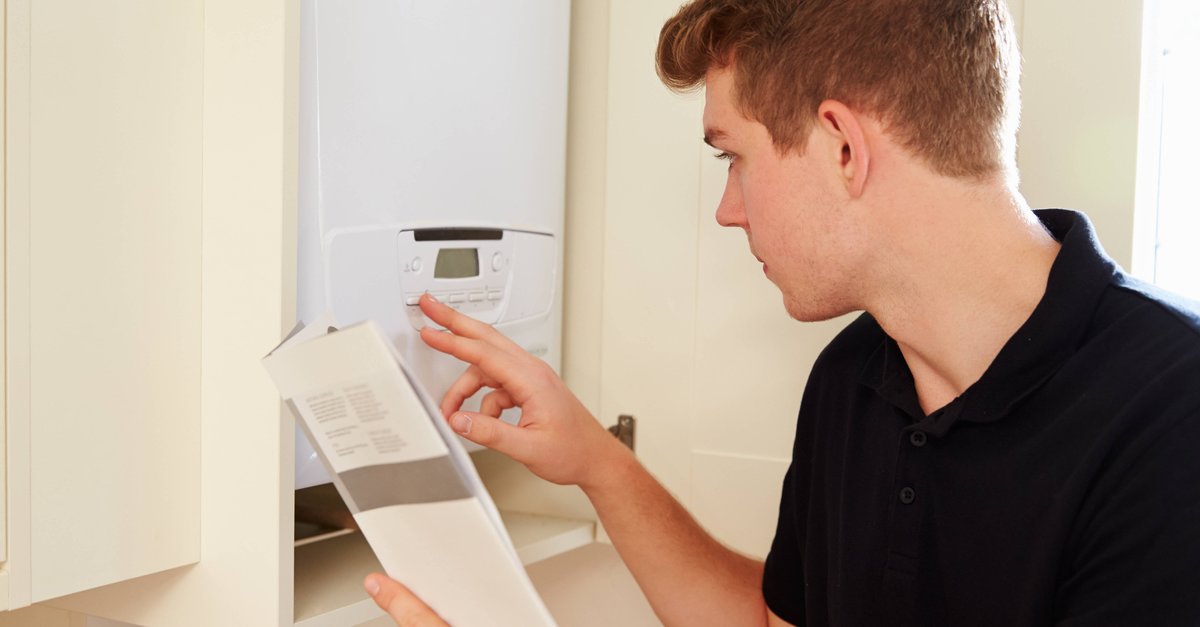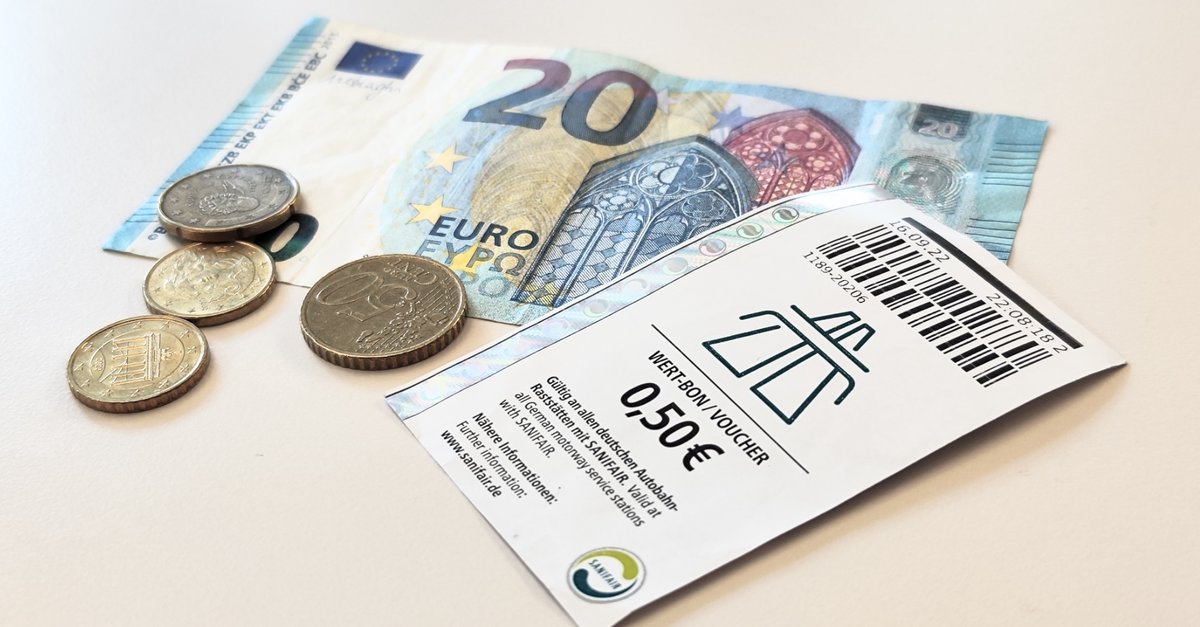Foldables for the mass market? That still has to happen
Foldables have been highly anticipated by many tech geeks over the past few years. For many, they were seen as the “logical further development of the smartphone”. Up until now, these were devices like the Note, because they offered more space for content and, with the S-Pen, they were a unique selling point for business customers.
Now we are already in the third generation of Samsung foldables and Samsung is now announcing the “mass suitability”. But how could the journey continue? What would have to happen now for customers to really buy a device?
Contents
Cheaper devices for the mass market
If the smartphone market has taught us one thing in recent years, it is that cheap devices sell well. The best-selling Android smartphone in 2020 was not a Galaxy S20 or Note, but the Galaxy A51. In order to convince more customers of the form factor, Samsung would have to bring a Galaxy Flip Lite or Fold Lite onto the market, with scaled-down hardware and an affordable price. The third generation is already below the prices of recent years, but 1049 or 1700 euros are still a lot of money for a smartphone, which very few are willing to pay. Most customers look up to a maximum of 500-600 euros and foldables are thus directly excluded from the selection.
Software that takes advantage of the form factor
In order to convince people of a new form factor, meaningful software functions are required that also take advantage of the form factor. Well-known apps have to be adapted, and app developers have to be brought on board. Samsung has partnered with Microsoft and Google again for this year’s devices, a first step in the right direction in this area. In a personal period of use with the Fold 2 last year, I noticed a lot of construction sites in this area. Apps like Instagram haven’t used the space they’ve gained for a long time, and Twitter looked like a bad Android tablet port. At such moments, I closed the large display and used the front display. That was actually not Samsung’s goal. Devices like the iPad have established themselves well with many because the software convinced many and the space was used well. This also has to happen with foldables, otherwise the form factor makes no sense. If Samsung then manages to sell to customers through marketing, then new customers could be better acquired.

Improved longevity
The # 1 counter-argument I heard from people around me during my trial period was durability. “It’ll break in a month”, “won’t it break at some point?”. The only answer I could give was: nothing has happened so far. Many also attach a durability to certifications. If a device does not have an IP certification, it scares off many customers who often have to do with water. The display is also a critical point. The mix of good and high-quality display, which is also resistant to breakage, should be right for the next generations. Otherwise the form factor falls into a niche. We all still know 3D TVs, Google Glass and hoverboards, right?
Flagship Folds with Flagship Cameras
The cameras of the fold devices are currently equipped with 12 megapixel sensors. Many customers who are looking for a good camera and are willing to spend over 1000 euros will probably use an S device. These currently still have the better sensors and thus more possibilities to take better photos and videos. Huawei has also already shown that it is possible to build good sensors into foldable smartphones. If this succeeds, the Fold can also replace the Galaxy Note series. With pen support, some Note customers will already switch, but they will not (yet) get their “flagship pen phone”.

Conclusion
In order to make foldables “suitable for the masses” they have to be accessible to the masses and convince the masses. They are currently still a niche / luxury product, even if Samsung has already taken a big step in the right direction with its third generation. The price for the Flip will quickly drop below 1000 euros and is therefore even cheaper than its current flagship, the S21 Ultra.
Nevertheless, inexpensive versions of the devices have to be found so that more customers would have access. The S-Pen for the Z Fold3 will already convince some Note customers, but these were also a niche before. If Samsung manages to get rid of the longevity problems, adapt the software to the form factor and build flagship cameras into their flagship models, then foldable smartphones can establish themselves in the mass market. But there is still a long way to go.



